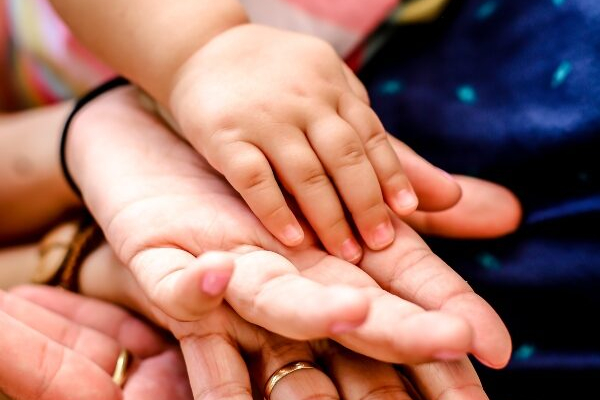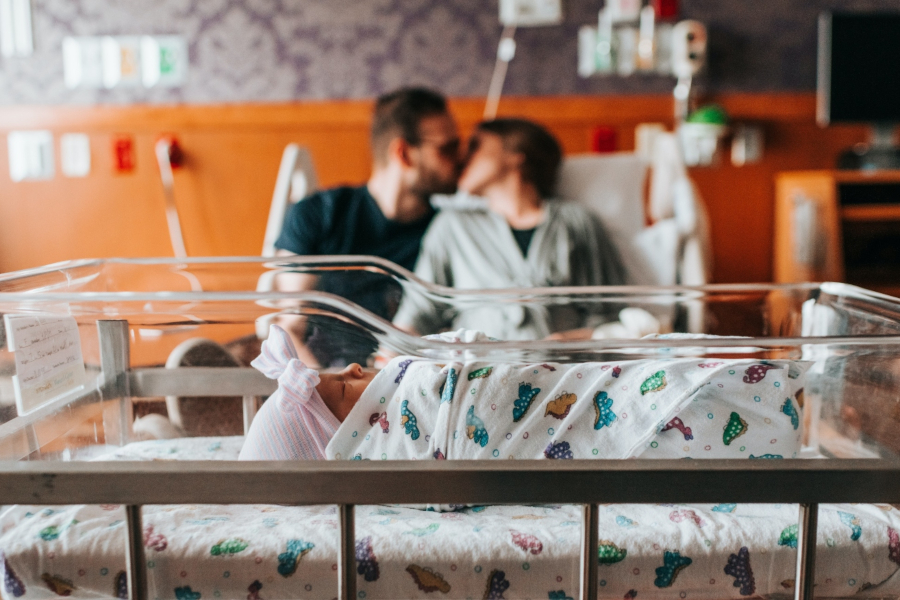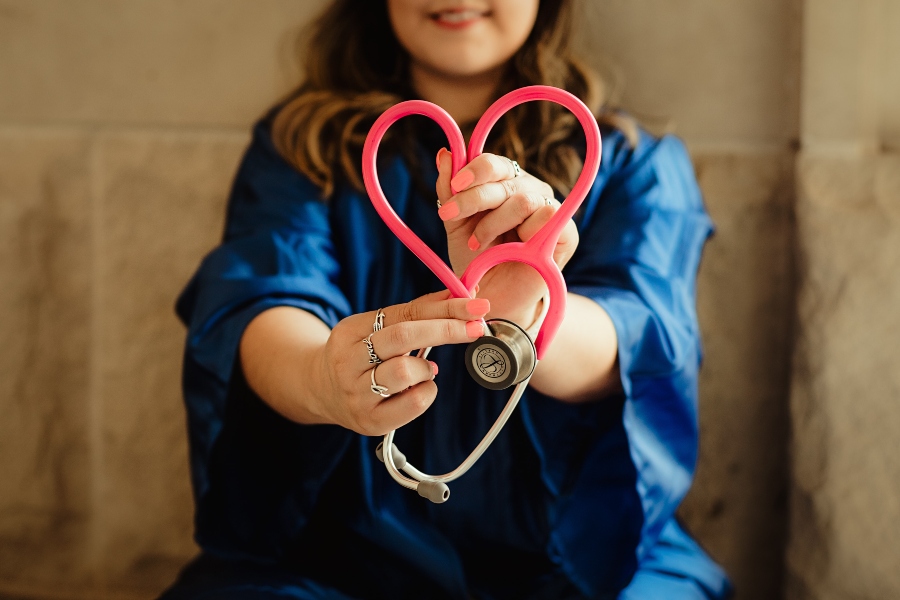The Human Fertilisation and Embryology Authority regulates fertility treatment with donor eggs, sperm or embryos in the UK. Anyone who collects, stores or uses human gametes or embryos in the UK must have an HFEA licence and must comply with the HFEA’s Code of Practice and the Human Fertilisation and Embryology Act 1990 (as amended).
Many fertility clinics recruit their own egg or sperm donors although some buy in donated eggs or sperm from other clinics and sperm banks (which might be in the UK or abroad).
It is also possible for recipient parents to find their own donor – either a friend or a relative or someone they find via a matching website or agency – but to take them to a UK fertility clinic for fertility treatment, whether through artificial insemination or IVF. That treatment will also be subject to the HFEA rules.
Regulation of donation by the HFEA Code of Practice
If conception takes place at a licensed clinic in the UK, the clinic has to follow all the following rules:
Screening of donors – egg and sperm donors must be screened to minimise the risk of diseases and genetic disorders being transmitted to the birth mother or to the child. Sperm donors have to undergo blood tests and semen analysis, and their sperm must be quarantined (held in storage) for a specified period before it can be used in treatment. Donated eggs do not need to be quarantined, but the egg donor must be screened through blood tests and medical history.
Payments to donors – donors can only be paid for their expenses within HFEA guidelines. Currently, the HFEA allows a fixed payment of £750 per cycle for egg donors and £35 per clinic visit for sperm donors. More can be paid for verifiable out of pocket expenses (not including international travel). Alternatively, donors can receive subsidised fertility treatment, including IVF or treatment to store eggs for future use (fertility clinics commonly refer to such arrangements as ‘egg sharing’ or more rarely ‘sperm sharing’ programmes).
Counselling – donors and parents must be offered counselling, including discussion about the long-term implications of donor conception and the fact that the child is likely to benefit from knowing about his or her genetic origins.
Consent – donors have control over their eggs, sperm or embryos up to the point they are transferred into someone else’s body, and clinics must comply with the terms of any consent they give.
Family numbers – donors can donate to no more than ten different families via licensed clinics in the UK (as well as conceiving their own children).
Storage – consent to storage needs to be renewed every ten years and the total maximum permitted storage period is 55 years.
Importing donor eggs or sperm – donated eggs and sperm can only be imported into the UK from abroad if they comply with these rules (although the HFEA can make exceptions to this rule in particular cases).
Information rights following donor conception
The Human Fertilisation and Embryology Authority Register of Information has, since 1 August 1991, recorded information about treatment at licenced fertility clinics in the UK, and this includes treatment with donor eggs, sperm or embryos.
Anyone over the age of 16 can ask the HFEA whether they were conceived with donated eggs or sperm at a clinic in the UK after 1991. They can also ask if the Register shows that they are genetically related to someone they intend to marry, register a civil partnership with or enter into an intimate physical relationship with (the application must be made jointly by both partners).
Donor-conceived people whose details are on the Register can also request non-identifying information about their donor. This usually includes the donor’s physical appearance, height, weight, hair colour, eye colour and occupation. It may also include any statement the donor has written describing him or herself (a pen sketch) or a note the donor has written for any children conceived (a goodwill message). Donor-conceived people over the age of 16 have a right to request this information, but in practice the HFEA will also provide it to their parents before they are 16, if requested.
Some donor-conceived people can also ask for identifying information about their donor, which means his or her name, date of birth, town of birth and last known address. This information is only available to the donor-conceived person once he or she is over 18. UK law on donor anonymity changed from 1 April 2005, so whether identifying information is available depends on the circumstances:
- For conceptions between 1 August 1991 and 31 March 2005: Donors are anonymous unless they have chosen to re-register as identifiable to make their information available.
- For conceptions between 1 April 2005 and 31 March 2006: This was a transition period during which all new donors had to agree to being identifiable, but clinics were permitted to continue using eggs or sperm from anonymous donors already registered with them. This means that some donors whose eggs or sperm were used during this period are identifiable and some are anonymous.
- For conceptions after 1 April 2006: Clinics had to use eggs or sperm from identifiable donors and could no longer use anonymous donors (with one exception – if a family already had a child conceived with an anonymous donor, they could be treated again with the same anonymous donor to conceive a genetic sibling).
Donor-conceived people may have donor-conceived genetic half siblings in other families if their donor donated to more than one family. Since 1 August 1991, UK law has allowed up to ten families to use the same donor. Donor-conceived people can (from the age of 16 or, in practice, before with their parents’ support) ask how many donor-conceived siblings are also recorded on the Register, whether they are registered as boys or girls and the year in which they were born. From the age of 18 a donor-conceived person who wishes to be put in touch with donor-conceived siblings can ask to join the HFEA’s Donor Sibling Register. If any of their donor-conceived siblings also joins the register, the HFEA will put them in touch with each other.
Egg, sperm and embryo donors can apply to find out limited information about the results of their donation, either from the HFEA directly or from the clinic where they donated. They can ask the HFEA whether their donation resulted in a birth and, if so, the assigned sex and year of birth of any children born. They do not have a legal right to request information about the identity of any children born, or their parents.
The HFEA provides useful information for donor-conceived people and their parents.
The UK’s leading conception lawyers
Find out more about how we support those creating families
Related articles

Known donation arrangements (UK law)
Known donation arrangements cover a wide range of different personal circumstances. In some cases a known egg, sperm or embryo donor is a relative…

Legal parenthood after donor conception and assisted reproduction
Where children are conceived through artificial insemination or the transfer of an embryo, the Human Fertilisation and…

Co-parenting arrangements and multi-parent families
Parents who are not in a relationship with each other but each want a family may agree to conceive a child together as co-parents. If both are single your…
